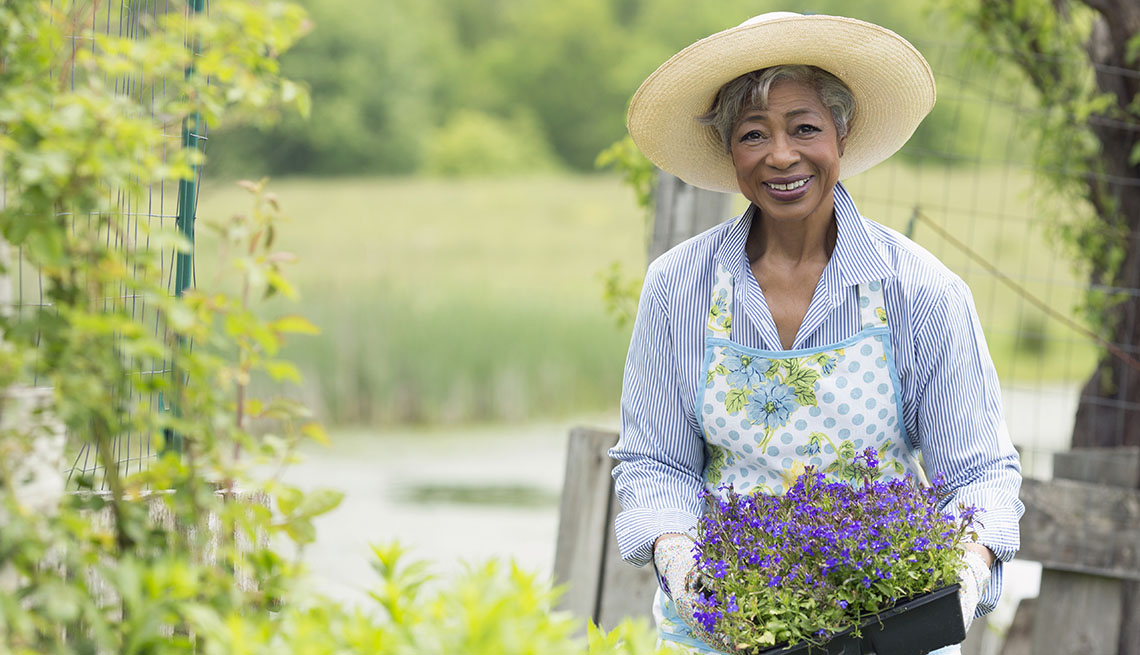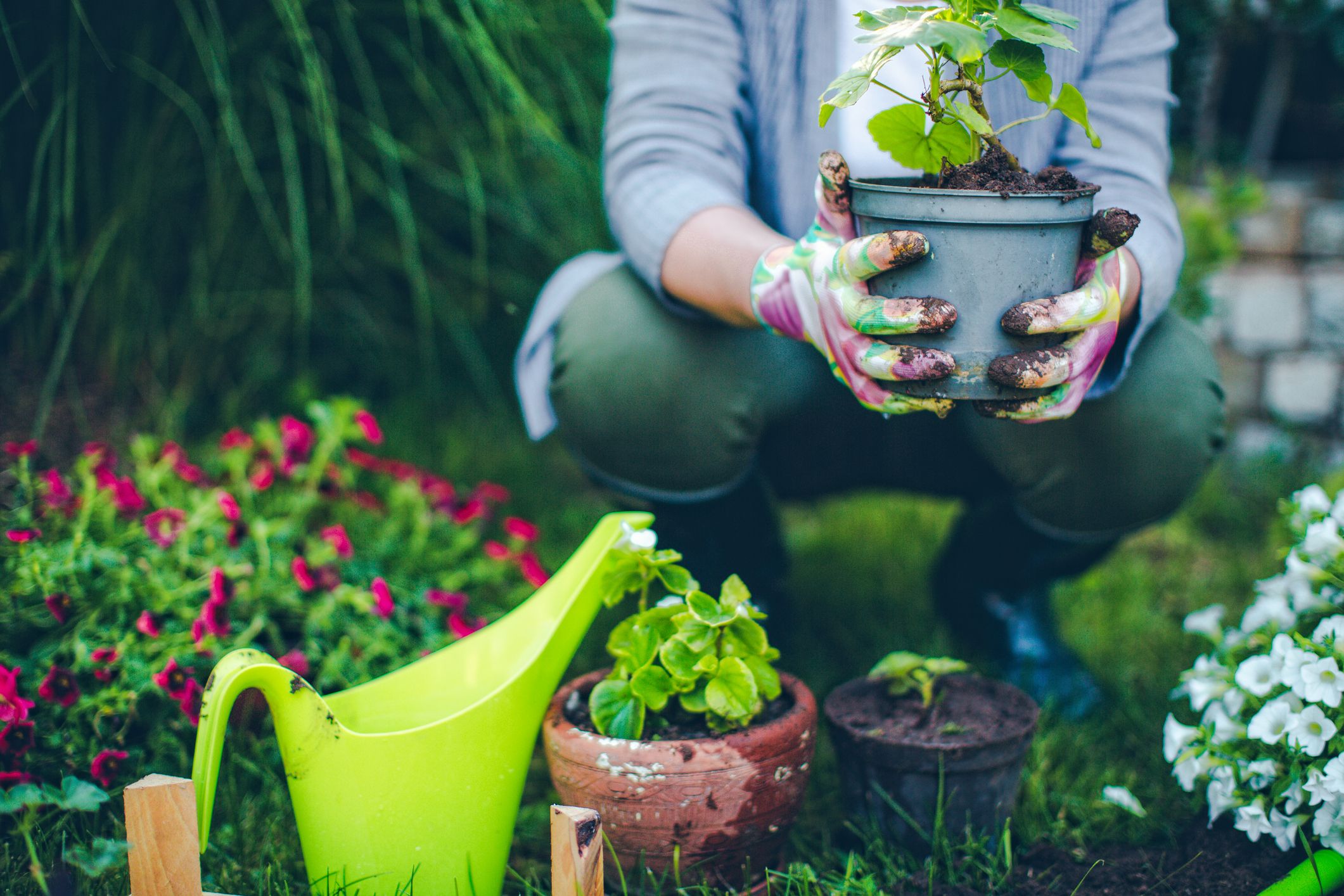Grow Your Skills: Top Gardening Tips for Beginners to Guarantee Flowering Success
Wiki Article
The Ultimate Guide to Gardening for Beginners: Step-by-Step Tips and Strategies for Expanding a Flourishing Garden
Are you prepared to dive right into the globe of gardening? Look no additionally than "The Ultimate Guide to Horticulture for Beginners." This step-by-step overview will stroll you through whatever you require to recognize to grow a thriving garden. From comprehending your yard area to picking the right plants and preparing the soil, we have actually obtained you covered. Obtain all set to release your green thumb and produce a stunning, prospering yard.Comprehending Your Yard Area
To maximize your horticulture success, beginning by acquainting on your own with the distinct features of your yard area. Understanding your garden space is essential for creating a prospering garden. Begin by observing the amount of sunlight your yard obtains throughout the day. Make note of any kind of locations that are shaded and those that receive complete sun. This will certainly aid you identify which plants will grow in each location.Next, assess the dirt in your yard. Is it sandy, clay-like, or loamy? Comprehending your soil type will assist you in picking the right plants and carrying out proper dirt changes. Additionally, consider the water drainage of your garden. Is it prone to waterlogging or does it drain promptly? This information will aid you make educated choices concerning watering and plant positioning.
These are tiny areas that may vary in temperature or dampness degrees compared to the remainder of your yard. Make use of these variations to your benefit by growing heat-loving or moisture-loving plants in these locations.
Choosing the Right Plants

Do you choose low-maintenance plants or are you willing to put in additional initiative for high-yield plants? Believe about the quantity of time, power, and sources you are eager to spend in your garden.
In addition, think about the area offered in your garden. Take measurements and plan the design of your plants. Take into consideration the fully grown size of each plant and ensure they have enough area to grow without congestion each various other.
Finally, think of the usefulness of your plant options. gardening tools for beginners. Will you be able to supply the required treatment and upkeep for your picked plants? Think about elements such as watering, fertilizing, pest control, and trimming
Preparing the Dirt for Planting
As soon as you have chosen the appropriate plants for your thriving yard, it's time to dive into the vital task of preparing the dirt for growing. Take an example and examination its pH degrees, as various plants grow in different pH arrays.
When the soil is all set, create furrows or openings for growing. The deepness and spacing will certainly depend on the particular needs of your chosen plants, so describe the seed packets or plant tags for support. Carefully place the plants in their marked areas, making certain that the roots are covered with dirt. Strongly push the soil around the base of each plant to remove any kind of air pockets.
Finally, water the newly planted location thoroughly. This will help work out the dirt and offer the plants with the wetness they require to establish themselves. As you water, be mindful not to remove the soil or damages the delicate plants. With proper dirt preparation, your garden will be fully equipped to support the growth and success of your plants.
Watering and Fertilizing Strategies
After preparing the soil for planting, it's crucial to comprehend reliable watering and feeding strategies to make certain the wellness and growth of your yard. It's essential to strike an equilibrium when it comes to watering. Overwatering can lead to root rot and other diseases, while underwatering can cause stunted growth and wilting. The secret is to give sufficient water to keep the dirt consistently wet however not saturated. If your plants need watering is by sticking your finger about an inch right into the dirt, one means to determine. If it really feels dry, it's time to water. When watering, purpose for the base of the plants, as wetting the leaves can encourage diseases. As for feeding, it's critical to offer your plants the nutrients they require to prosper. Organic fertilizers, such as compost or well-rotted manure, are superb options as they supply a sluggish release of nutrients. It's ideal to apply fertilizers in very early spring or late fall, following the instructions on the package. Remember to sprinkle your plants after fertilizing to help the nutrients get to the roots. By mastering these watering and feeding methods, you'll be well on your way to a flourishing yard.Keeping a Healthy Garden
To maintain a healthy garden, you need to on a regular basis inspect your plants for indicators of conditions or parasites. By doing this, you can catch any kind of issues early on and take the necessary steps to stop them from causing and spreading damage to your whole garden. Try to find any type of uncommon areas on fallen leaves, yellowing or wilting vegetation, or holes in the fallen leaves, as these might be indications of conditions or parasites. It is vital to take instant activity. if you notice any of these signs.One way to deal with insects is by using natural remedies such as insecticidal soaps or neem oil. These work in regulating typical pests like aphids, termites, and whiteflies without harming valuable insects. One more technique is to encourage helpful insects like lacewings and ladybugs, which eat garden insects. Planting blossoms such as sissies, sunflowers, and marigolds will certainly attract these valuable bugs to your garden.
Along with pests, diseases can likewise impact your plants. To avoid the spread of illness, it is essential to practice excellent yard hygiene. This includes getting rid of any kind of infected plants or leaves, sanitizing your horticulture devices, and staying clear of over-watering. Proper spacing between plants and excellent air blood circulation can also assist avoid the spread of conditions.
Final Thought
By recognizing your garden room, selecting the right plants, preparing the dirt, and executing proper watering and fertilizing strategies, you can create a successful garden. With perseverance and devotion, you'll soon be delighting in the beauty and bounty of your very own growing yard.Use these variations to your advantage by planting moisture-loving or heat-loving plants in these locations.

Report this wiki page